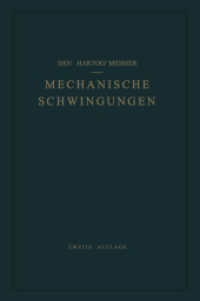基本説明
Normal021falsefalsefalseFRX-NONEX-NONE
/* Style Definitions */
table.MsoNormalTable
{mso-style-name:"Tableau Normal";
mso-tstyle-rowband-size:0;
mso-tstyle-colband-size:0;
mso-style-noshow:yes;
mso-style-priority:99;
mso-style-parent:"";
mso-padding-alt:0cm 5.4pt 0cm 5.4pt;
mso-para-margin-top:0cm;
mso-para-margin-right:0cm;
mso-para-margin-bottom:8.0pt;
mso-para-margin-left:0cm;
line-height:107%;
mso-pagination:widow-orphan;
font-size:11.0pt;
font-family:"Calibri",sans-serif;
mso-ascii-font-family:Calibri;
mso-ascii-theme-font:minor-latin;
mso-hansi-font-family:Calibri;
mso-hansi-theme-font:minor-latin;
mso-bidi-font-family:"Times New Roman";
mso-bidi-theme-font:minor-bidi;
mso-fareast-language:EN-US;}
En anthropologie comme en littérature ou en linguistique, en histoire comme en sociologie ou en philosophie, nous observons aujourd'hui une porosité nouvelle entre écriture de la recherche et écriture dite littéraire, ou plus largement « créative ».
Ce mouvement met fin à une conception binaire, opposant vérité et fiction, objectivité et subjectivité, transparence de l'écriture et usage rhétorique. L'écriture devient ainsi une partie intégrante la recherche, une source de découverte, un « instrument fouisseur », pour reprendre la métaphore de Pascal Quignard.







